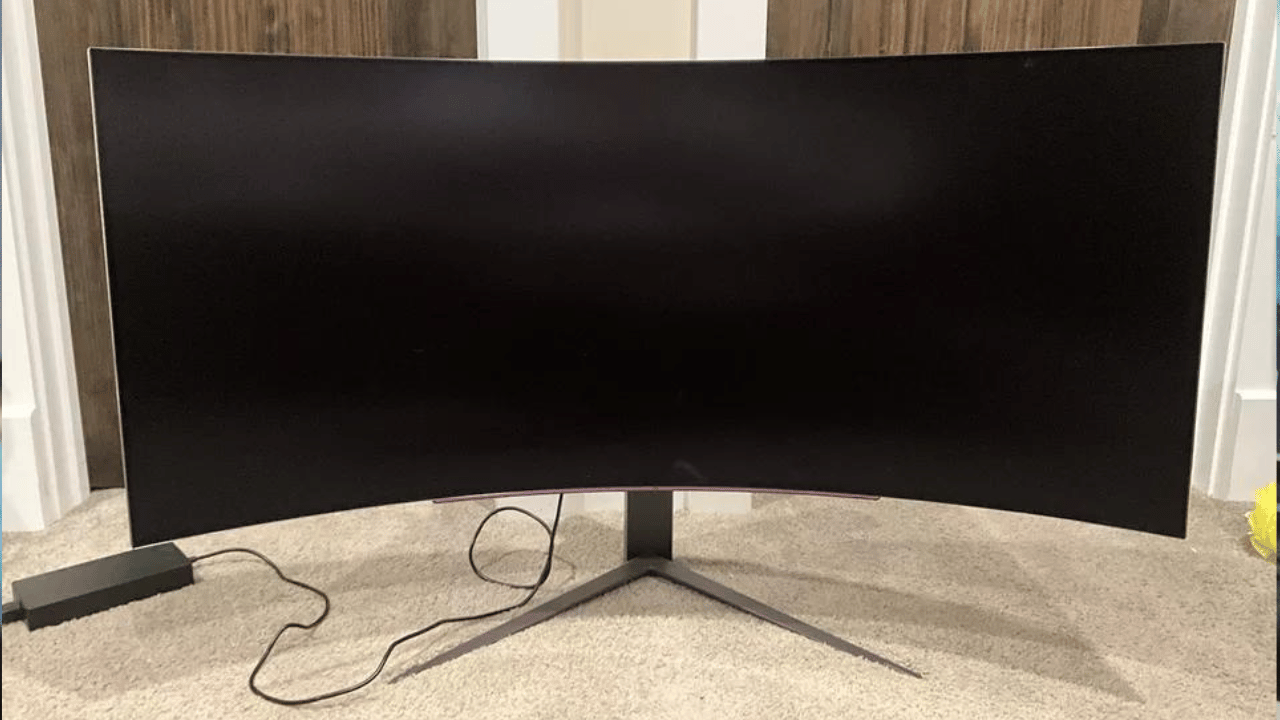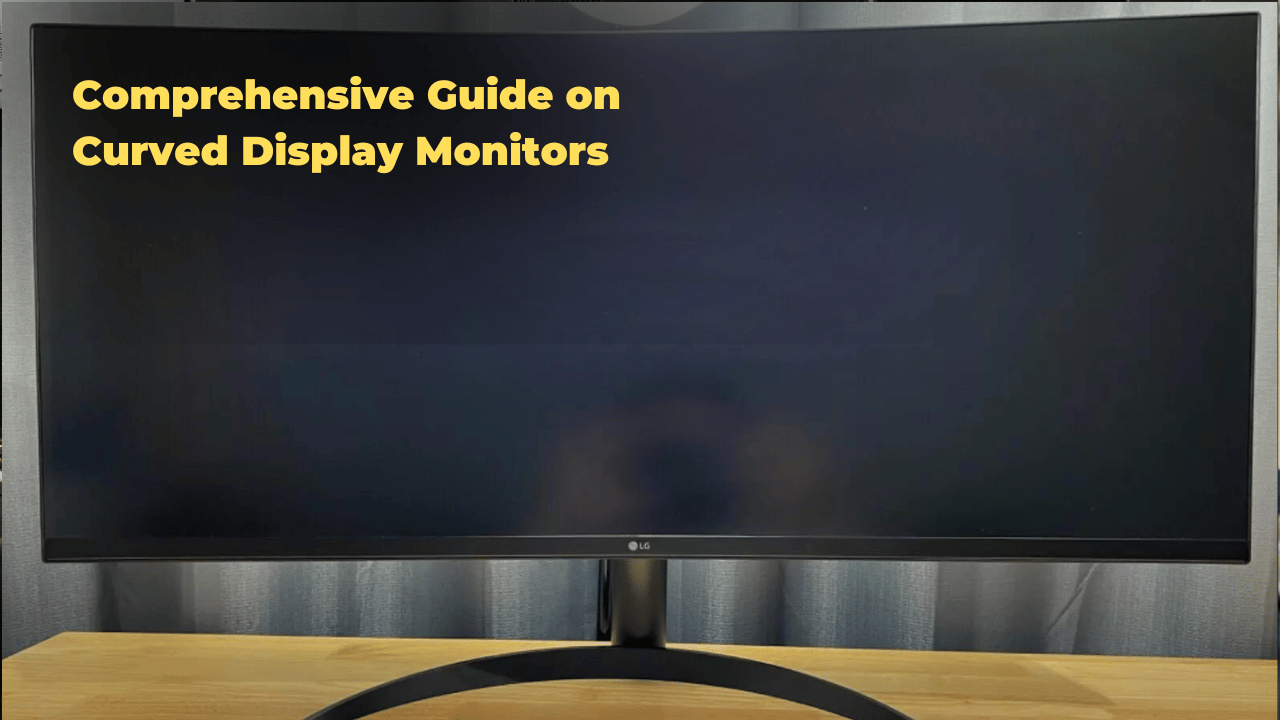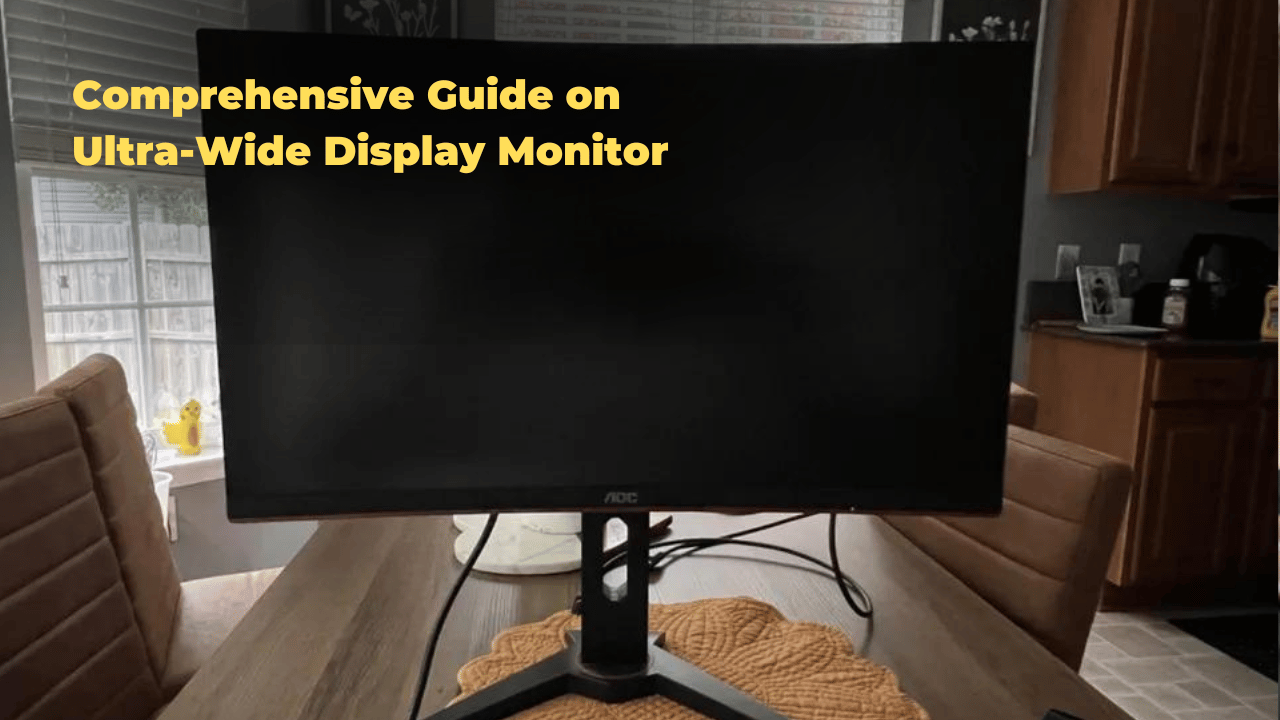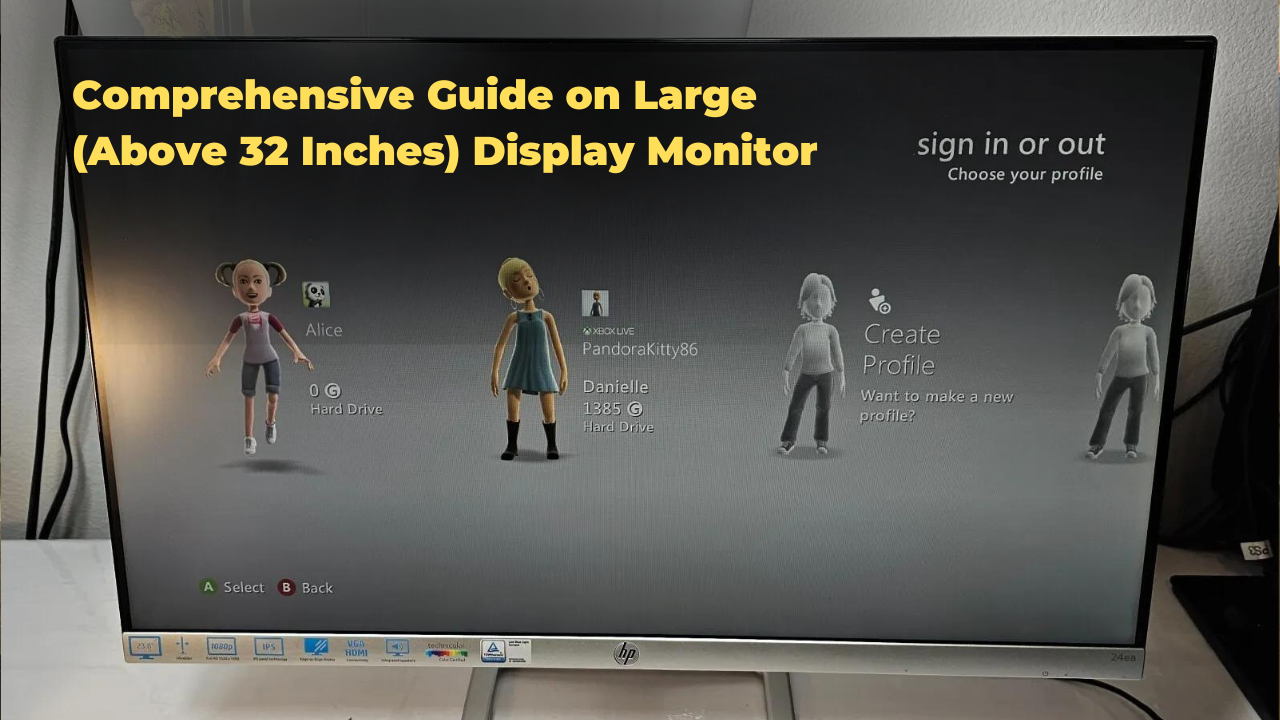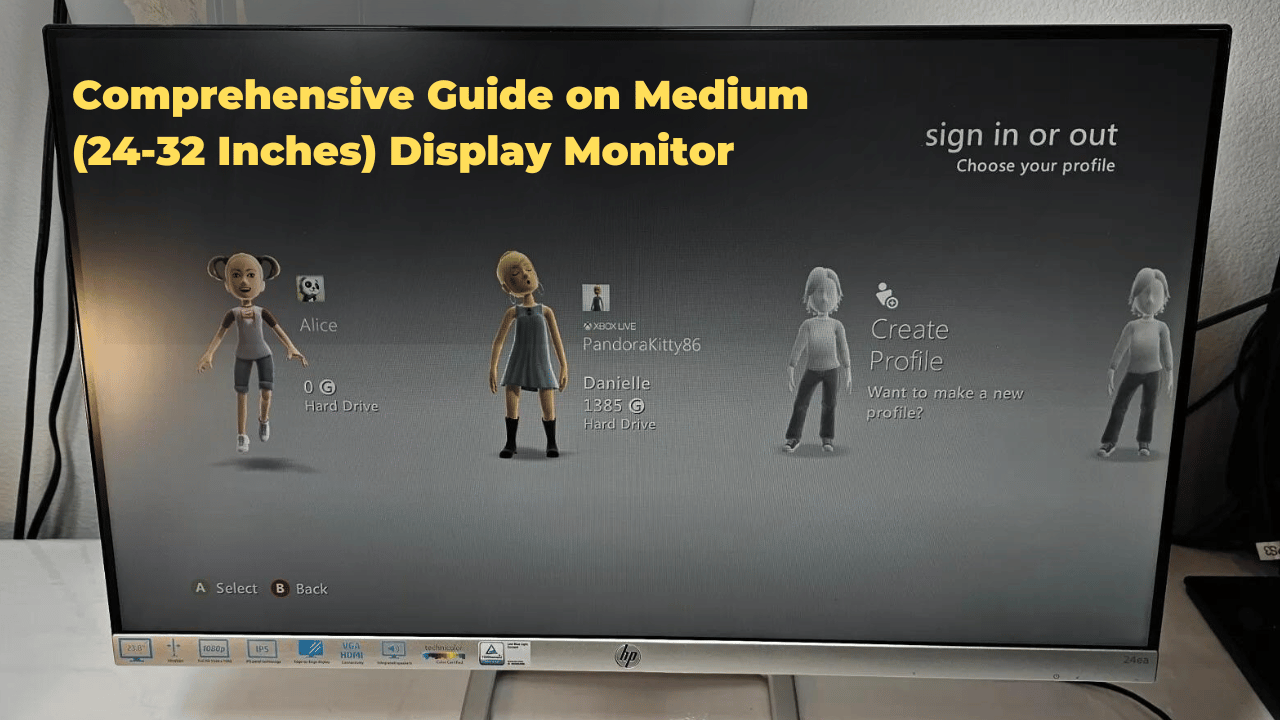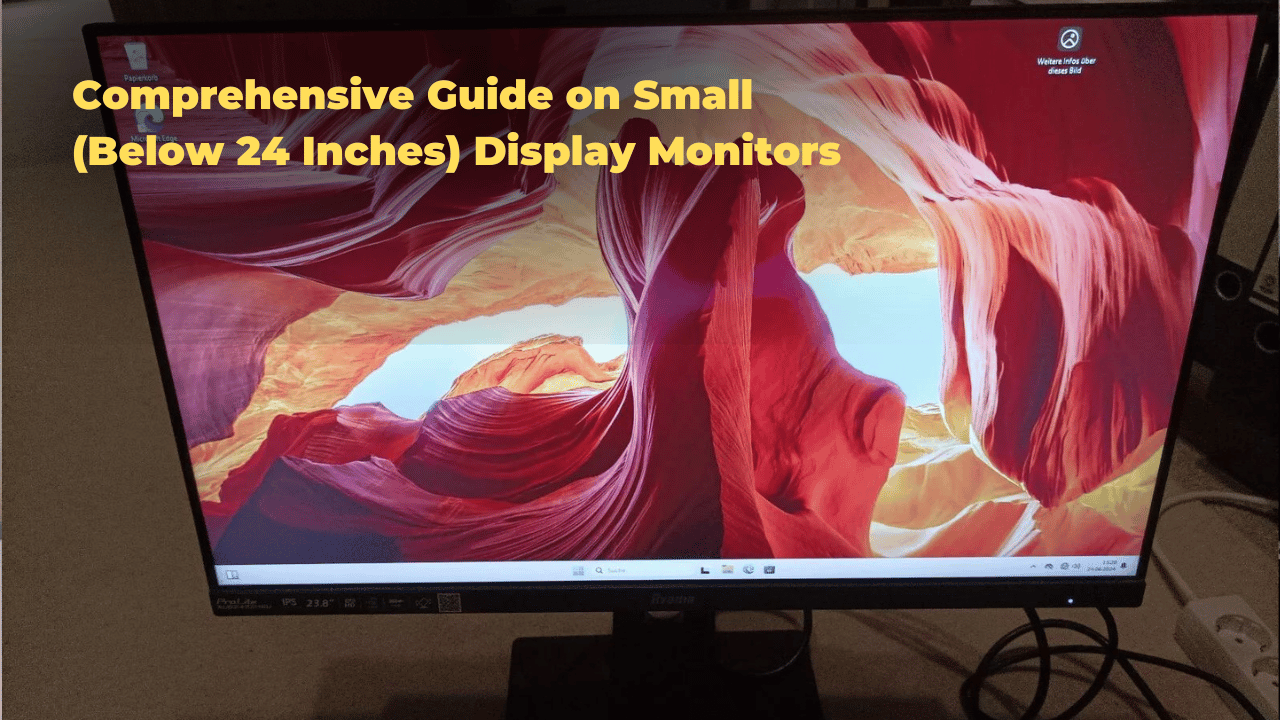Screen Size
When choosing a display monitor, screen size is a vital factor that greatly influences user experience, productivity, and overall performance. Understanding the different options available is essential in making an informed decision. Screen size options range from small 22-24 inches for limited spaces to mid-sized 24-27 inches for productivity and large 32 inches and above for improved immersion.
Ultra-wide screens provide multitasking capabilities, while certain tasks like gaming and video editing have distinct screen size needs. By exploring these options, users can tailor their display monitor to suit their specific requirements and elevate their productivity.
Key Takeaways
- Optimize performance: Consider screen resolution and aspect ratio when selecting a screen size to ensure optimal performance for specific tasks.
- Screen size options: Choose from small (22-24 inches) for tight spaces, medium (24-27 inches) for everyday use, or large (32 inches and beyond) for immersive experiences.
- Boost productivity: Ultra-wide screens can increase productivity by up to 20% for data analysis, video editing, and software development tasks.
- Ergonomic design matters: Adjustability features like VESA mounting and customizable height promote user comfort and reduce eye strain.
- Task-specific screens: Select a screen size based on specific applications, such as gaming, video editing, and graphic design, where larger screens often provide better performance.
- Multitasking made easy: Ultra-wide screens enhance multitasking capabilities, making it ideal for tasks that require multiple windows and applications.
- Eye comfort guaranteed: Adjustable features like tilt, swivel, and height adjustment reduce eye strain and promote user comfort.
- Immersive experience: Large screens (32 inches and beyond) provide an immersive experience, making them ideal for gaming, video editing, and entertainment.
- Productivity and comfort: Consider a screen size that balances productivity and comfort, ensuring optimal performance and reduced eye strain.
- Task-oriented selection: Choose a screen size that aligns with your specific tasks and applications, ensuring optimal performance and productivity.
Understanding Screen Size Options
Optimizing Productivity and Entertainment: Factors to Consider
Choosing the ideal screen size for a display monitor depends on various factors, including intended use, available desk space, and personal preference. When selecting a screen size, it’s crucial to take into account the screen resolution and aspect ratio.
Screen Resolution: Balancing Image Quality and Task Requirements
A higher screen resolution, such as 4K or QHD, offers sharper images and more detailed text, making it suitable for tasks that demand precision. Conversely, a lower screen resolution may be sufficient for general use.
Aspect Ratio: Enhancing the Viewing Experience
A broader aspect ratio, like 21:9, delivers a more cinematic experience and is perfect for gaming and multimedia applications. On the other hand, a narrower aspect ratio may be more suitable for everyday tasks.
Ergonomic Design and Mounting Options: Comfort and Flexibility
Along with screen size, mounting options and ergonomic design are vital considerations. A monitor with adjustable height, tilt, and swivel capabilities enables a more comfortable viewing experience and reduces eye strain. VESA mounting choices offer flexibility in terms of placement, allowing users to mount their monitor on a wall or desk. Moreover, an ergonomic design guarantees that the monitor can be positioned to encourage good posture and lessen fatigue.
Selecting the Ideal Screen Size: Meeting Specific Requirements
By considering these aspects, users can select a screen size that meets their specific requirements and enhances their overall computing experience. By doing so, they can realize the full potential of their display monitor and enjoy increased productivity, entertainment, and overall satisfaction.
Small Screens for Tight Spaces
In situations where available desk space is limited, compact displays can provide an effective solution, offering a space-saving yet functional display option that minimizes clutter and optimizes productivity.
Optimizing Productivity in Tight Spaces
Compact displays are ideal for minimalist setups, where every inch counts. With compact efficiency in mind, these small screens can help create space-saving solutions that cater to tight workspaces, suitable for:
Small Home Offices and Secondary Monitors
| Screen Size | Resolution | Ideal Use Case |
|---|---|---|
| 15-17 inches | 1080p-1440p | Small home offices, secondary monitors |
Public Displays and POS Systems
| Screen Size | Resolution | Ideal Use Case |
|---|---|---|
| 19-20 inches | 720p-1080p | POS systems, kiosks, or public displays |
Space-Constrained Workstations and Shared Offices
| Screen Size | Resolution | Ideal Use Case |
|---|---|---|
| 22-24 inches | 1080p-2160p | Space-constrained workstations, shared offices |
Choosing the Right Compact Display
When selecting a compact display, consider the resolution and intended use case. For instance, a 15-17 inch screen with a 1080p resolution is suitable for small home offices or as a secondary monitor. In contrast, a 22-24 inch screen with a 2160p resolution is better suited for space-constrained workstations or shared offices. By selecting the right compact display, you can create a clutter-free workspace that promotes productivity and efficiency.
Mid-Size Monitors for Productivity
Mid-size monitors, ranging from 24 to 27 inches, offer a balanced screen real estate and desk space. This size range allows users to have multiple windows and applications open simultaneously, making it ideal for tasks that require frequent switching between programs. With a larger screen, users can position the monitor at a comfortable distance, reducing eye strain and promoting good posture.
Customizable Heights for User Convenience
Many mid-size monitors come with height adjustability, allowing users to customize the monitor’s position to fit their individual needs. This feature is particularly useful for users who switch between sitting and standing throughout the day.
Boosting Productivity with Increased Screen Space
In terms of productivity, mid-size monitors offer a significant advantage over smaller screens. With more space to work with, users can have multiple tabs and applications open simultaneously, streamlining their workflow and increasing efficiency. Moreover, the larger screen size enables users to view more content at once, reducing the need for constant scrolling and navigation.
Key Benefits of Mid-Size Monitors for Professionals
| Feature | Benefit |
|---|---|
| Larger screen size | Increased productivity and efficiency |
| Height adjustability | Customizable ergonomic setup |
| Balanced screen real estate and desk space | Ideal for multitasking and frequent program switching |
Addressing User Concerns
Some users may worry about the added cost of mid-size monitors. However, the increased productivity and efficiency they provide can lead to long-term cost savings. Additionally, many mid-size monitors are designed with ergonomics in mind, reducing the risk of eye strain and musculoskeletal disorders.
Large Displays for Enhanced Immersion
Large displays, spanning 32 inches and beyond, transport users into immersive environments, amplifying the visual experience and fostering a deeper connection with on-screen content.
Gaming on a Grand Scale
When it comes to gaming, large displays take the experience to the next level. Players are fully enveloped in the action, with the cinematic feel of the game world surrounding them. The enhanced viewing experience is particularly noticeable in fast-paced, visually stunning games, where every detail counts.
Cinematic Experience at Home
In addition, large displays are ideal for movie enthusiasts, who can enjoy their favorite films in a cinematic setting without leaving the comfort of their own homes.
Productivity Powerhouse
Beyond entertainment, large displays also have practical applications. In fields such as graphic design, video editing, and architecture, a large screen can greatly enhance productivity. With more screen real estate, professionals can work on complex projects with ease, maneuvering multiple windows and tools with precision.
Ultra-Wide Screens for Multitasking
Streamlined Workflow Management
For professionals and individuals who require efficient multitasking, ultra-wide screens offer a unique advantage, enabling them to manage multiple applications and windows simultaneously with ease. These screens provide an expansive canvas, allowing users to organize their workflow more effectively and increase productivity. With split screen capabilities, users can dedicate separate areas of the screen to different tasks, eliminating the need to constantly minimize and maximize windows.
Optimizing Tasks Requiring Multiple Sources
Ultra-wide screens are particularly beneficial for tasks that require referencing multiple sources, such as data analysis, video editing, and software development. By having multiple windows open side-by-side, users can quickly compare information, reducing the time spent switching between applications. This, in turn, leads to significant productivity benefits. According to studies, ultra-wide screens can increase productivity by up to 20% compared to traditional screens.
Efficient Multitasking for Various Professions
Furthermore, ultra-wide screens are ideal for multitaskers who need to keep multiple applications open simultaneously. For instance, a graphic designer can have Adobe Photoshop open on one side of the screen and a reference image on the other, while a writer can have their manuscript open on one side and research materials on the other. By providing ample screen real estate, ultra-wide screens enable users to work more efficiently, reduce distractions, and ultimately, achieve more in less time.
Source: Studies have shown that ultra-wide screens can increase productivity by up to 20%.
Choosing the Right Size for Gaming
Balancing Resolution and Pixel Density
When choosing a screen size for gaming, it’s essential to consider the trade-off between immersion and image quality. A larger screen can enhance the gaming experience, but may compromise on resolution and pixel density. For instance, a 24-inch monitor with a 4K resolution (3840 x 2160 pixels) may provide a more detailed and crisp image than a 32-inch monitor with a 1080p resolution (1920 x 1080 pixels).
Refresh Rate: The Key to Smooth Gameplay
A higher refresh rate is critical for fast-paced games, as it improves the smoothness and responsiveness of the gaming experience. A refresh rate of 144Hz or 240Hz is ideal for games that require quick movements, but it may require a more powerful graphics card to handle.
Minimizing Response Time for Reduced Ghosting
Response time is another vital factor to consider, as it affects the ghosting and blurring of images. A lower response time, such as 1ms or 2ms, is recommended for fast-paced games that require quick movements.
Viewing Angles: Enhancing the Multiplayer Experience
A wider viewing angle can provide a more comfortable gaming experience, especially for multiplayer games. When choosing the right screen size, it’s essential to consider the viewing angle to ensure an optimal gaming experience.
Weighing the Pros and Cons of Different Screen Sizes
| Screen Size | Resolution | Refresh Rate | Response Time | Viewing Angle |
|---|---|---|---|---|
| 24-inch | 4K (3840 x 2160) | 144Hz | 1ms | 178°/178° |
| 27-inch | QHD (3200 x 1800) | 240Hz | 2ms | 178°/178° |
| 32-inch | 1080p (1920 x 1080) | 60Hz | 5ms | 170°/160° |
Screen Size for Video Editing and Design
Monitor display size plays a crucial role in video editing and design, as it directly impacts the level of detail and precision that can be achieved in visual projects. Professionals in this field require a monitor that can accurately display colors, provide sufficient screen real estate, and offer high pixel density to ensure precise editing.
Color Accuracy and Representation
A larger screen size allows for more precise color representation, which is vital in video editing and design. A monitor with excellent color accuracy guarantees that the final product looks exactly as intended. Color gamut, color space, and bit depth are essential considerations for achieving accurate color representation.
Pixel Density and Image Quality
A higher pixel density provides a more detailed and sharp image, making it easier to edit and design visual elements. A minimum of 100 pixels per inch (PPI) is recommended for video editing and design. Resolution, aspect ratio, and refresh rate also impact image quality and should be considered.
Multitasking and Workflow Efficiency
A larger screen size enables multitasking, allowing professionals to have multiple windows and applications open simultaneously, streamlining their workflow and increasing productivity. Dual-monitor setup, split-screen functionality, and window management are essential considerations for maximizing workflow efficiency.
Choosing the Ideal Screen Size for Video Editing and Design
In general, a screen size of 24 inches or larger is recommended for video editing and design. However, the ideal screen size ultimately depends on personal preference, workspace constraints, and budget. By considering these factors, professionals can choose a monitor that meets their specific needs and enhances their overall workflow.
| Screen Size | Recommended Use |
|---|---|
| 24-27 inches | Video editing, design, and general productivity |
| 27-32 inches | Advanced video editing, color grading, and professional design |
| 32 inches or larger | High-end video editing, color critical work, and professional multimedia design |
Addressing Common Concerns and Objections
- Limited workspace: Consider a dual-monitor setup or a compact monitor with a high pixel density to maximize screen real estate.
- Budget constraints: Look for monitors with adjustable stands and ergonomic design to optimize your workspace without breaking the bank.
- Color accuracy concerns: Invest in a color-calibrated monitor or a monitor with built-in color calibration to ensure accurate color representation.
Frequently Asked Questions
Can I Use a TV as a Computer Monitor for Daily Tasks?
Yes, you can use a TV as a computer monitor for daily tasks, but check TV compatibility and adjust resolution settings for peak performance. Consider ergonomics and potential eye strain from prolonged TV screen use.
Do Curved Screens Provide Better Immersion Than Flat Screens?
“A million times yes! Curved screens transport you to a new dimension, amplifying the gaming experience and providing unparalleled visual comfort, wrapping you in an immersive cocoon that makes flat screens seem, well, flat in comparison.”
Are 4K Resolutions Necessary for General Office Work?
For general office work, 4K resolutions are not necessary, as they often prioritize visual fidelity over practicality. Instead, opting for a lower resolution can achieve sufficient resolution efficiency while maintaining cost effectiveness.
Can I Connect Multiple Monitors to a Single Laptop?
Connecting multiple monitors to a single laptop can enhance productivity, enabled by docking stations or cable connections. Careful screen arrangement is essential to optimize workflow, ensuring seamless shifts between displays.
Do Screen Size Preferences Vary by Age or Demographic?
Screen size preferences do vary by age and demographic, with generational differences influencing choices; for instance, younger users tend to prefer smaller screens, while older adults opt for larger displays, and demographic factors like occupation also impact screen size choices.
Conclusion
As we wrap up this comprehensive guide, the focus remains on finding the ideal screen size display monitor. We’ve explored the diverse range of options, from compact small screens to immersive large displays, and examined the unique benefits of each size category. However, the question still remains: what is the perfect screen size for your specific needs?
The answer depends on your personal preferences, viewing habits, and the tasks you’ll be using the monitor for. Whether you’re a gamer, graphic designer, or simply a casual user, choosing the right screen size is crucial for an optimal viewing experience.
In this guide, we’ve highlighted the key considerations for selecting the perfect screen size, including resolution, pixel density, and aspect ratio. We’ve also explored the pros and cons of different size categories, from 24-inch to 40-inch displays.
Now it’s your turn! What’s your ideal screen size, and what factors influenced your decision? Share your thoughts and experiences in the comments below!


